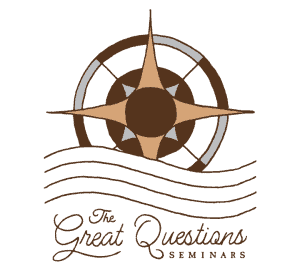“There exists in the midst of the great ocean, in a region where nobody goes, a mysterious and isolated island,” wrote the 19th-century French seafarer and artist Pierre Loti. “The island is planted with monstrous great statues, the work of I don’t know what race, today degenerate or vanished; its great remains an enigma.”
532–537 CE
Named Easter Island by the Dutch explorer Jacob Roggeveen, who first spied it on Easter Day 1722, this tiny spit of volcanic rock in the vast South Seas is, even today, the most remote inhabited place on earth. Its nearly 1,000 statues, some almost 30 feet tall and weighing as much as 80 tons, are still an enigma, but the statue builders are far from vanished. In fact, their descendants are making art and renewing their cultural traditions in an island renaissance.
easter island
How far back?
2020 | Present

